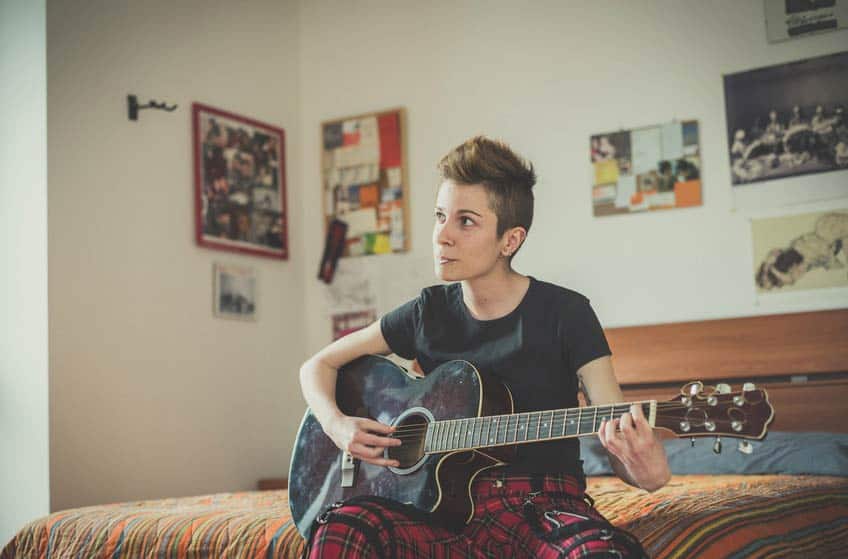What’s the biggest mistake Hollens sees artists making with their online fan communities? “People don’t respond to comments.” He says, “The way I see it is if I owned a brick-and-mortar store and people come in and are like ‘This is place is cool! What else do you have here?’ If you just ignore them, it’s the same thing as if someone says something on Twitter and you ignore them.
You’re a mini digital media company; if you see yourself as anything less you’re selling yourself short.
Those people are your clients and they’re the reason you will succeed at what you do. No longer can artists just sit on their mountain and be mysterious. The truth is the mass majority of us now have the ability to consume what we’re going to consume; we’re deciding what to listen to. The power is in our hands.”
One of the unique elements of Hollens’ unconventional success story is how he uses Patreon, an online platform which allows content creators to receive financial support from fans, to earn a decent income from his art. The most successful Patreon artists build lasting, mutually beneficial relationships with their fans, by providing exclusive, subscription content. You, too, can bolster your artistic career through the support of your fans on a site like Patreon.
Hollens explains, “The company is called Patreon; the people who are my followers are my patrons. If you think of the people who engage with my content, you have casual fans, monthly watchers, patrons, then evangelists.
It doesn’t matter where those people are coming from in the community — whether I’m fostering it on YouTube, Patreon or Instagram — it [matters] I’m somebody that person sees in their daily life as providing value to them through my music, personality, and being as uplifting as possible. If I’m providing value to their life, we’re in a ‘thank you economy’ which allows people to give back.
I consider this platform to be my most important place where I respond to every single message, communicate as much as possible and provide value because they’re literally the people who are sustaining my life. The relationships are real. It’s not like they’re just fans.
They’re part of my team and my journey. It really breaks down a lot of barriers. I feel like the relationships occurring with my patrons and me on there are real. You’re not just part of the crowd, like on Facebook or YouTube. My job is to to make sure they know how important they are and be accessible to them.
There’s a misconception artists aren’t getting the value they deserve post-Napster. I think it’s slowly changing because we’re turning towards a new model, based on authentic relationships and Patreon is the first infrastructure allowing any creators to succeed, as long as they’re creating good content.
It’s so beautiful we’re entering into this creator revolution occurring because of the internet; now companies are really fostering creative revolution. It’s a terrific support system for people creating on platforms like YouTube. It doesn’t matter in the end where you foster your relationships — on Snapchat, Twitter, Instagram — it just matters you get those 200 or 300 people who really believe in you. Because then you have an ability to make a living doing what you love.
It’s about you owning your business relationships. There’s no one in the middle between you and your fanbase. Then you have no overhead [costs] and it’s not like you can’t get stuff done because you already know how to do everything.” [Editors note: See our earlier blog post in which Hollens advocates for artists learning all the skills necessary to be completely DIY in regards to their art.]
